DVT usually originates in the calf (soleal) veins at the valve cusp. It starts as a small platelet–endothelial thrombus which activates the thrombotic cascade. Continued activation of the clotting system will result in thrombus propagation. This thrombus is less adherent to the vein wall and at risk of proximal embolization and can cause PE.
DVT is quite common and unfortunately it is underdiagnosed in India. Untreated proximal DVT is associated with a 30-50% risk for Pulmonary embolism. The incidence of in hospital mortality due to PE is 13-15%. This has been proved by a study from PGI Chandigarh. Unfortunately, the clinical diagnosis of DVT can be very inaccurate.
Clinical findings of deep vein thrombosis
Calf pain, swelling leg and Calf tenderness are the usual symptoms and is present in about 70% of patients. Homan’s sign is very nonspecific. Patient may have low grade fever.
In post operative patients the chances of missing a diagnosis of DVT is high since the symptoms may be vague and nonspecific. Hence a very high index of suspicion is needed and venous doppler should be done to rule out DVT.
Patient with PE may present with chest pain, cough, haemoptysis, breathing difficulty and shock if the PE is massive.
Another rare and limb threatening complication of DVT is phlegmasia cerulea dolens which is seen in association with a massive ilio-femoral DVT. Here all the main veins as well as the collaterals from the affected leg are thrombosed which may result in venous gangrene and loss of limb if not treated urgently.
Risk factors for deep vein thrombosis
Although a large proportion of patients have unprovoked DVT (i.e. no obvious cause) various risk factors for DVT include:
- Surgery within 90 days- Orthopaedic, Pelvic and cancer surgery
- Hospital stays with immobilization >3days
- Cancer in past six months/ongoing disease
- Lower limb cast
- Previous history VTE
- Oral contraceptive pill (OCPs)
- Hemiplegia, Paraplegia
- Air travel longer than 4 hours- Economy class syndrome
- Increasing age
- Family history- 1st degree relative
- Thrombophilia
- Pregnancy
- Obesity>30kg/m2
- Smoking/alcohol/substance abuse
Diagnosis
The diagnosis of DVT is made by a venous Doppler scan and a D-Dimer level. Ultrasound examination showing swollen deep vein which is not compressible is highly suggestive of acute DVT. Duplex doppler examination can assess the extent of the thrombus and is useful for diagnosis calf vein DVT also.
D-dimer reflects the presence of fibrin in the blood and is useful for diagnosis VTE. It is a sensitive test but is not specific. Hence negative D dimer value is more reliable to rule out VTE.
CT venogram is needed to identify the proximal extent of the thrombus, extension in to IVC, compression of the left Iliac vein (May – Thurner syndrome) and to rule out pulmonary embolism.
Conventional Treatment of DVT
Limb elevation Bed rest for proximal DVT involving femoral vein and above.
Anticoagulation: Unfractionated heparin or low molecular heparin can be started initially and the changed to oral anticoagulants. Warfarin and Acenicoumorol (acitrom) were the usual drugs (VIT K antagonists) that were used. Now newer direct thrombin inhibitors and antiXa drugs(Dabigatran, Apixaban, Rivaroxaban) are widely used. Oral drugs need to be given for 3 months for popliteal vein thrombosis and for 6-12 months for proximal DVT. Patient is advised to wear compression stockings to prevent post thrombotic symptoms.
In spite of adequate anticoagulation complete clot dissolution occurs in less than 20% of patients. Hence, a very high percentage of patients develop post thrombotic leg symptoms. To avoid that thrombus removal techniques have been used now. They are:
- Catheter guided thrombolysis
- Pharmaco-Mechanical thrombolysis
- Endovascular mechanical thrombectomy
- Ultrasound accelerated, isolated segmental pharmaco-mechanical or aspiration thrombectomy
- Open venous thrombectomy
Catheter-directed thrombolysis is the most commonly used method to dissolve the clot by directly instilling thrombolytic drug into the clot. Complete dissolution of the clot is achieved in 90% of the patients. After thrombolysis any stenosis in the iliac vein is revealed and this can be managed with balloon angioplasty and stenting.
Post-phlebitic Limb
Another long-term complication of DVT is post phlebitic limb or post thrombotic syndrome. After treatment for the DVT the vein never becomes normal. They either have reflux or obstruction in the deep veins leading to venous pooling and stasis. Patients develop oedema, skin changes, varicosities, pigmentation and venous ulcer. These changes may be prevented by prolonged use of compression stockings and limb elevation.
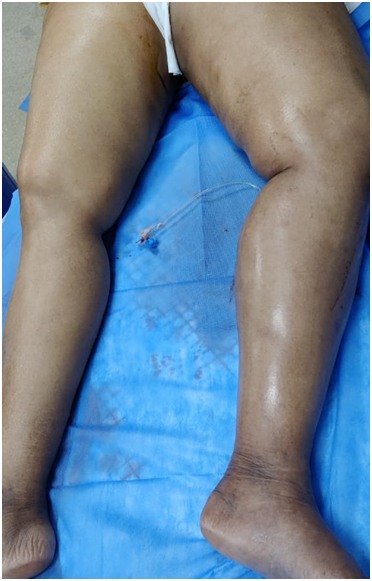
Fig 1. A patient with Left Iliofemoral DVT, before Catheter directed thrombolysis, Gross edema left leg is seen extending up to groin
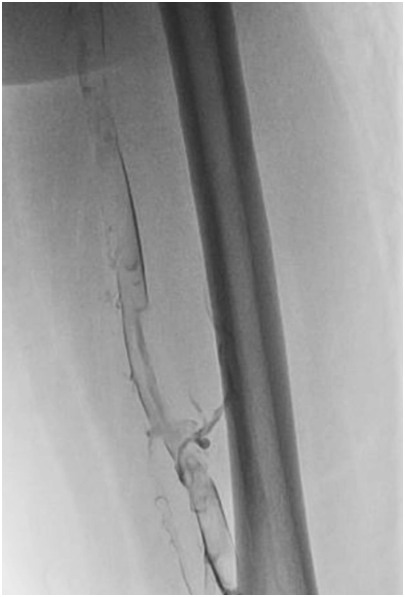
Fig 2. Vein filled with thrombus with thin streak of contrast flow
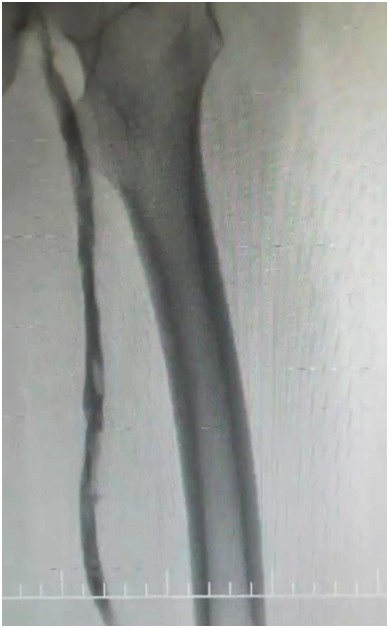
Fig 3. Recanalised vein with good flow of contrast after CDT
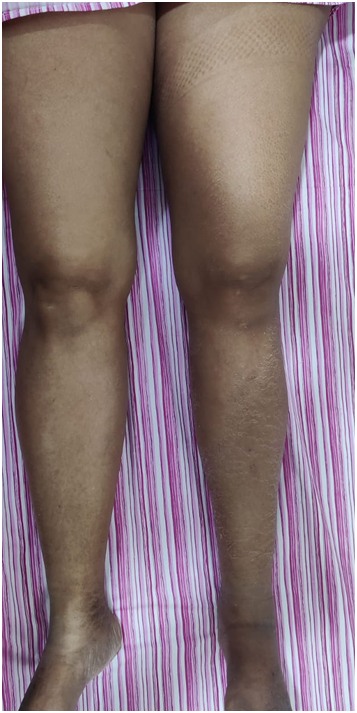
Fig 4. Marked reduction in limb size post procedure
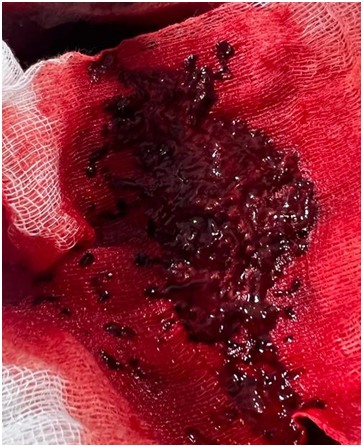
Fig 5. Thrombus removed from left leg during mechanical aspiration and thrombolysis
 Dr. Rahul Sima, MBBS, DNB General Surgery
Dr. Rahul Sima, MBBS, DNB General Surgery